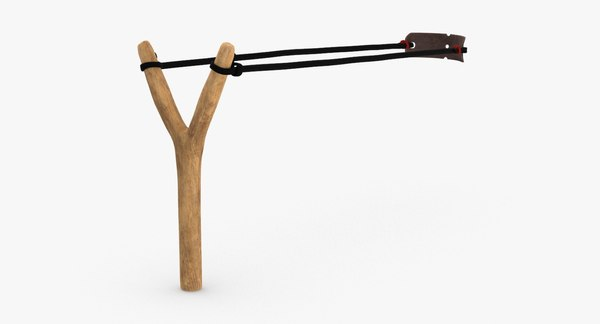If you are curious to know about potential energy then you have come to the right place. In this article, we will learn about the concept of potential energy. Here we will begin with the basic idea of mechanical energy and its types. Then we will learn in detail about potential energy, wherein we will learn its definition and classification. And in this article, we will also be looking at how to derive the formulae to calculate the potential energy.
Introduction:
Do you know that every time you play with the SlingShot or a Bow and Arrow, you are actually creating potential energy and using it to hit the target? Yes, that is one of the forms of potential energy. And also when you keep your books on the shelf you are creating potential energy in those books.
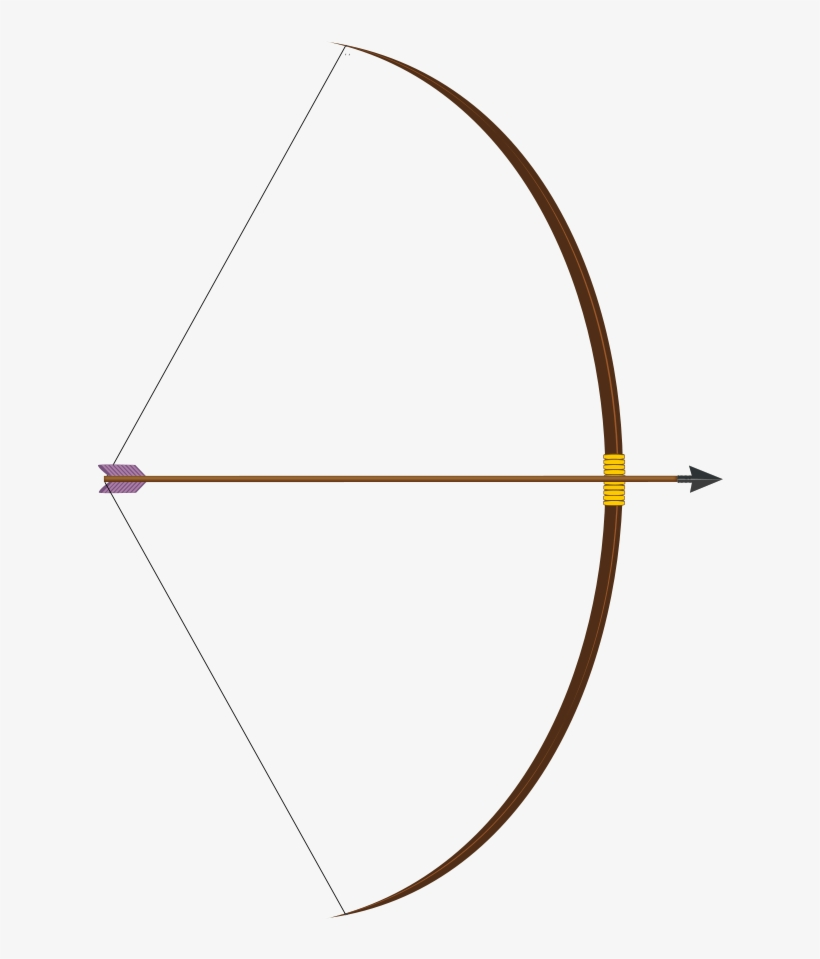
Fig.1 Sling Shot Fig.2 Bow and Arrow Possess potential energy. Possess potential energy.
Potential energy is a form of mechanical energy. Mechanical energy is of two types.
![]()
Definition:
The energy of a body due to its position or change in its shape is known as potential energy.
Let us look at some examples of potential energy. A hammer lifted at a certain height from the table possesses potential energy. A compressed spring has potential energy, and a stretched rubber band has potential energy as illustrated in fig.3 below.
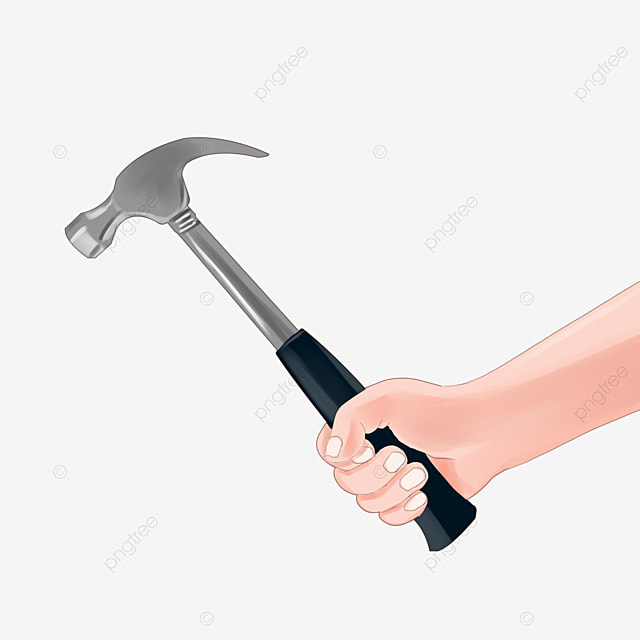
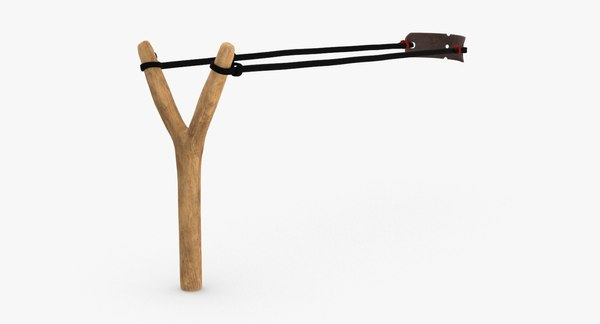
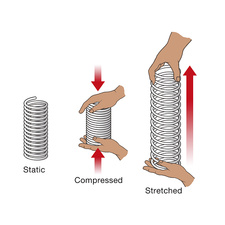
Fig.3 Examples of potential energy.
Can you observe what is common in all the examples here? Either the object is kept at height or the object is compressed or stretched. All these objects are storing energy in them waiting to be released and that’s why it’s called potential energy because these objects have the potential of doing work.
Now if you remember the definition of work in physics, ![]()
Work= Force X Displacement.
So when a hammer is lifted up from the table it has gained potential energy and when it is released it will hit the nail driving it into the piece of wood. The hammer applies force to displace the nail into the wood. Therefore, the hammer did work on the nail.
Types of Potential Energy:
Potential energy is divided into different categories, the two important types are,
- Gravitational Potential energy.
- Elastic Potential energy.
1. Gravitational Potential Energy:
Gravitational potential energy is the energy stored in the object due to Earth’s gravity or the earth’s force of attraction. So when the objects get to a certain height from the surface of the earth they store gravitational potential energy.
The examples of gravitational potential energy are,
- The potential energy stored in the lifted hammer in the above example is the gravitational potential energy.
- The water at the top of the hill also possesses gravitational potential energy and hence it results in a waterfall. And this potential energy is then converted into kinetic energy which is used to generate electricity using hydroelectric power plants.
2. Elastic Potential Energy:
Elastic potential energy is the energy stored in an object due to its deformed state. It means when an object has a change in shape or a change in configuration, it possesses potential energy.
The examples of elastic potential energy are,
- A stretched rubber band gets deformed in its shape and dimension and therefore it possesses elastic potential energy
- The string of a bow when pulled stores elastic energy, and when the string is released it applies force on the arrow launching it go and hit the target kept at a certain distance which is nothing but work done.
Unit of Potential Energy:
All energy forms have the same unit. And the unit of Potential energy is also ‘Joules’(J). Joules is a SI unit of energy.
So far we have learned that these objects are storing potential energy. But how are they getting this energy? Now let us look into this. Potential energy is stored due to the work done on the object.
Derivation of the formula of potential energy
In physics, work done can be expressed in two ways
Work done = Force X Displacement —————–1
Or
Work done = Change in Energy———————–2
Now we will use the second expression to derive the formula of gravitational potential energy,
From equation 2, we can write
| Change in Energy = Work done on an object |
|---|
Formula for gravitational potential energy:
![]()
Let an object with mass ‘m’ kg is lifted to a certain height ‘h’ meters,
then the work done on the object while lifting it up is given by,
Work done = Force x Displacement
= (Weight) x Height
= (m x g) x h
| Gravitational Potential Energy = m g h |
|---|
Where g is the acceleration due to gravity in m/s2
Let us use one example to understand how to use this formula.
Suppose the object is having a mass of 1kg and it is lifted to a height of 40 cm and the acceleration due to gravity is say 10 m/s2, then the potential energy stored in the object is, GPE = m g h
= 1x 10x 40×10-2
= 4 J.
Recommended Articles:
Derivation Of Lorentz Transformation: Introduction, Formula, Transformation, And significance
Derivation of Mirror Formula: Terms, Formula, Assumptions, And Derivation
Derivation of the One-Dimensional Wave Equation
Derivation Of Orbital Velocity: Introduction, Derivation, Escape, Relation And Factor
Derivation of Phase rule
Potential Energy can be calculated by using PE= m g h i. Gravitational Potential energy ii.Elastic Potential energy iii. Chemical potential energy iv. nuclear potential energy Given, m=10 kg, h = 100 cm = 1m, and g = 9.8 m/s2. We know that potential energy stored in the object is given by PE = m g h = 10 x 9.8 x 1 = 98 J Potential Energy FAQs
What is the formula to calculate potential energy.
What are the other types of potential energy
If the mass of an object is 10 kg, it is lifted to 100 cm above the ground what is the potential energy stored in the object? Consider the acceleration due to gravity is 9.8 m/s2.
